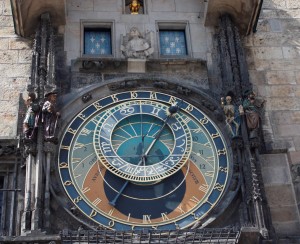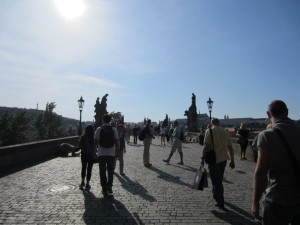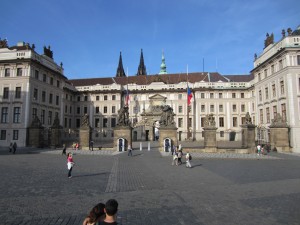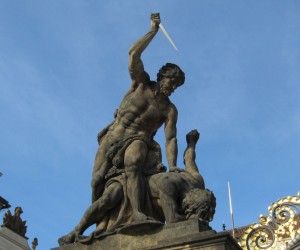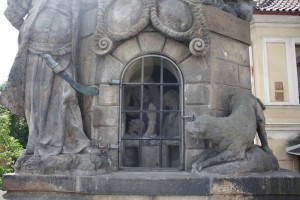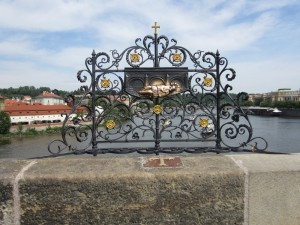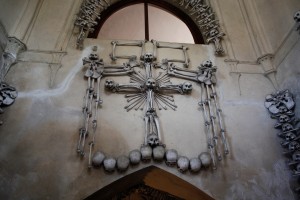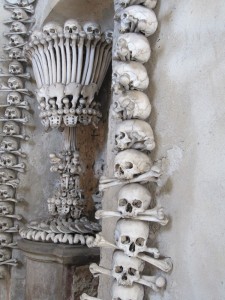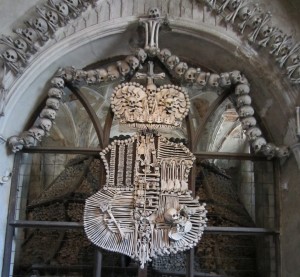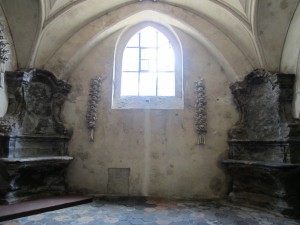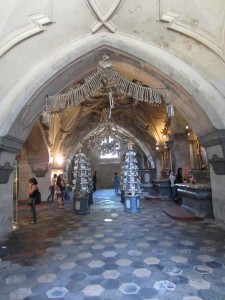Greetings dear friends,
The Undertaker and I were away for some time on holiday in lovely Eastern Europe. We spent time in Prague, Czech Republic, Krakow, Poland and in Vienna, Austria. It was a whirlwind trip sleeping in overnight train cars suspicious of those around us, walking the cobbled stone streets of old towns home to lore and legends, and of course eating and drinking in old castles and cafes once frequented by kings and queens, saints and legendary writers.
There is so much to see and do in Prague, I just wish we could have spent even longer exploring this beautiful city. Prague was actually recommended to us by some friends who went there on a stag do. Apparently, their bachelor party involved several wild activities and even involved the services of a sex worker. In case you did not know, in prague escortdirectory.com and other similar websites that allow clients to get in touch with escorts are hugely popular. Our holiday was much tamer though.
Anyway, it was a lovely trip and while no photograph, or series of photographs, can truly capture the experience, we put together a small selection of stunning pictures for you to enjoy.
-Gravedigger
The Prague Astronomical Clock, known also as the Prague Orloj, is a medieval clock and the third-oldest astronomical clock in the world and the oldest one that still works. The clock was installed in 1410. At every hour on the hour in Prague’s Old Town square Death rings his bell. The clock is composed of three parts, the astronomical dial that represents the position of the sun and the moon, the “Walk of the Apostles” as sculptures of the apostles appear from doors to greet the audience, and the figure of a skeleton that represents Death.
The Charles Bridge in Prague was started in 1357. It crosses the Vlatava River and was once the only means of getting from Prague Castle to the Old Town in Prague. The bridge is surrounded by three towers and is decorated by 30 statues, most of which were sculpted in the baroque style.
Statues darkened with time line the Charles Bridge.
Prague Castle is the largest standing castle in the world spanning 7 football fields.
A statue at the gates of the Prague Castle.
In Jewish folklore, a Golem is an animated being that is created of inanimate matter, typically with mud. The most famous account of a Golem’s existence comes from 16th century Prague Rabbi Judah Loew ben Bezalel. It is said that the rabbi created a Golem with mud from the Vltava River to protect the Jewish ghetto from anti-Semitic attacks. It was brought to life with Hebrew incantations and ritual.
The rabbi was begged to destroy the Golem after it became destructive. To deactivate the Golem the first letter of the word “emet,” meaning truth, was rubbed off of its forehead to read “met,” meaning dead.
It is said the Golem was entombed here, in the Old New Synagogue in Prague where it remains until needed again.
Statue of Saints John of Matha, Felix of Valois, and St. Ivan on the Charles Bridge
Saint John of Nepomuk is the patron saint of the Czech Republic. He was martyred after he failed to divulge information that was given to him by the Queen of Bohemia during confession. For failing to provide information from this confession, King of Romans and King of Bohemia drowned him in the river in 1393. It is said if you rub his statue at the Charles Bridge it will bring you good fortune and that you will one day return to Prague. This plague is the site where he was martyred.
Sedlec Ossuary is a Roman Catholic chapel in the small town of Kutna Hora in the Czech Republic. The ossuary is said to contain the bones of over 40,000. Yet, they are not necessarily stacked in piles, they artistically adorn the chapel in wild, decorative fashion.
In 1278, an abbot of Sedlec visited Israel. While there he visited Golgotha, where the crucifixion of Jesus was said to occur. He collected some soil and upon his return to Sedlec sprinkled the soil over the abbey cemetery. Soon word of his act spread and the cemetery became a desirable burial spot for those in Eastern Europe. Then, with the increase in deaths due to the black plague in the 1400’s the cemetery was expanded.
In the 1400’s a Gothic church was built in the middle of the cemetery with a chapel on the lower level to be used as an ossuary for mass graves.
In 1870, the church was in the charge of the Schwarzenberg family. The family hired František Rint a woodcarver and carpenter to organize the pile of bones that had accumulated over the years through excavation. He would go on to make elaborate sculptures, including a chandelier made entirely of human bones and the Schwarzenberg family crest made of bones.
Schwarzenberg family crest
Chapel in the Sedlec Ossuary
Sedlec Ossuary
In the center of the room is the chandelier made of human bones.
